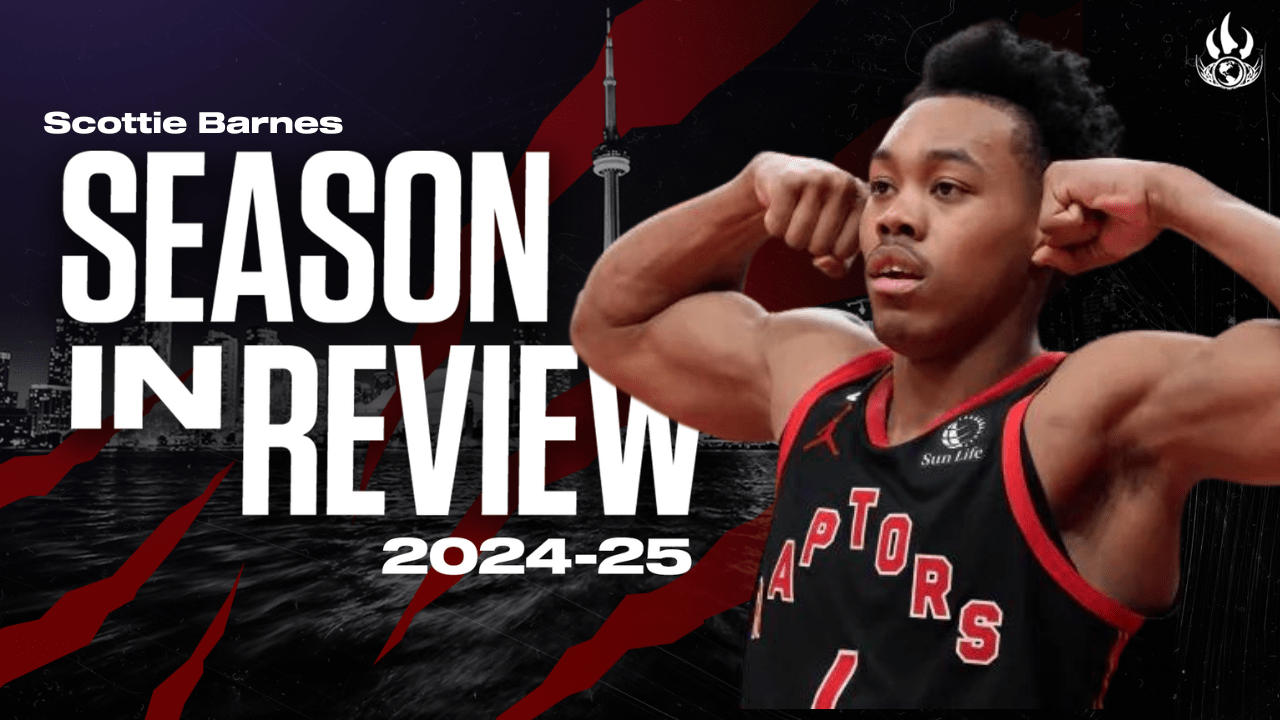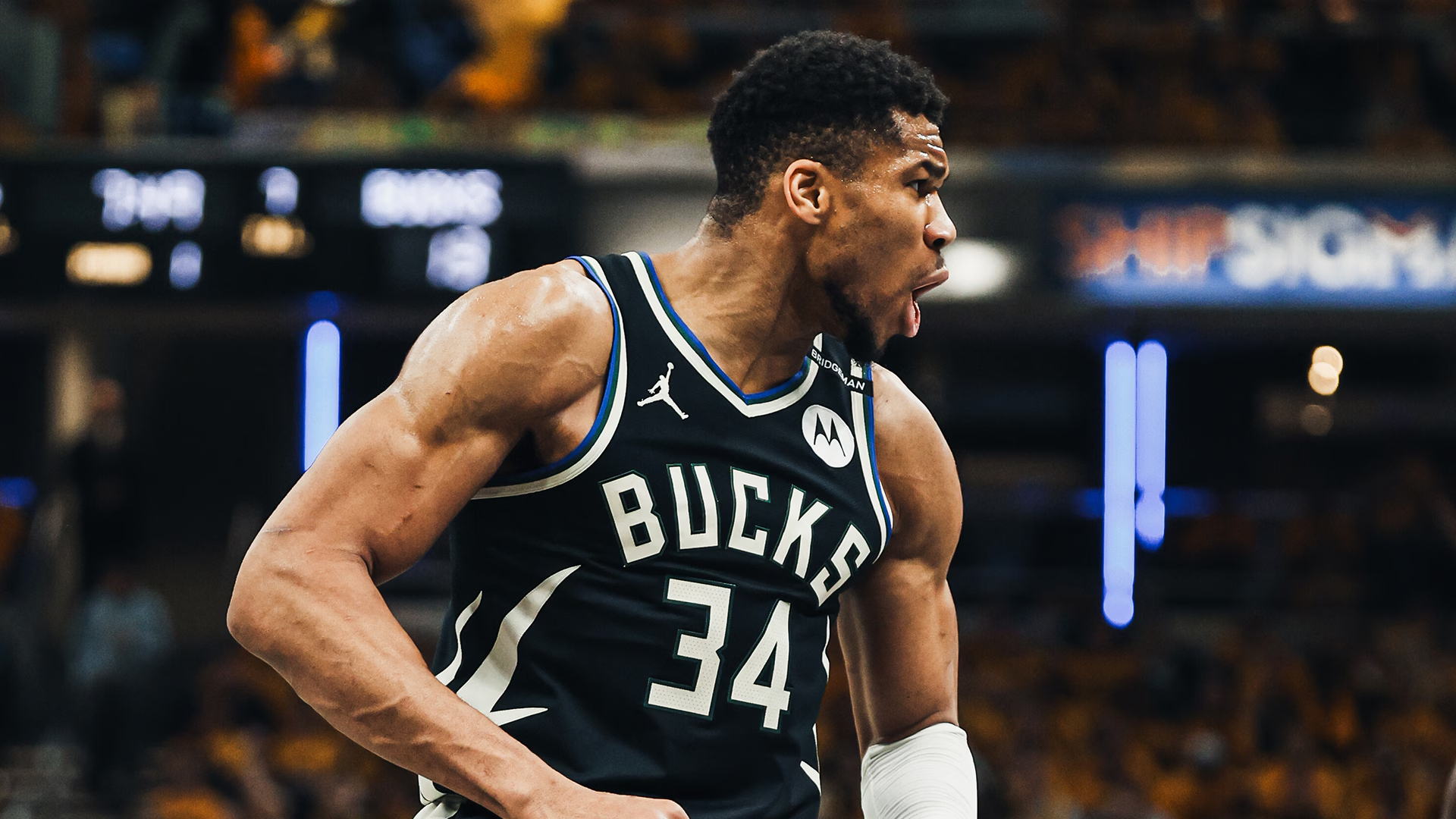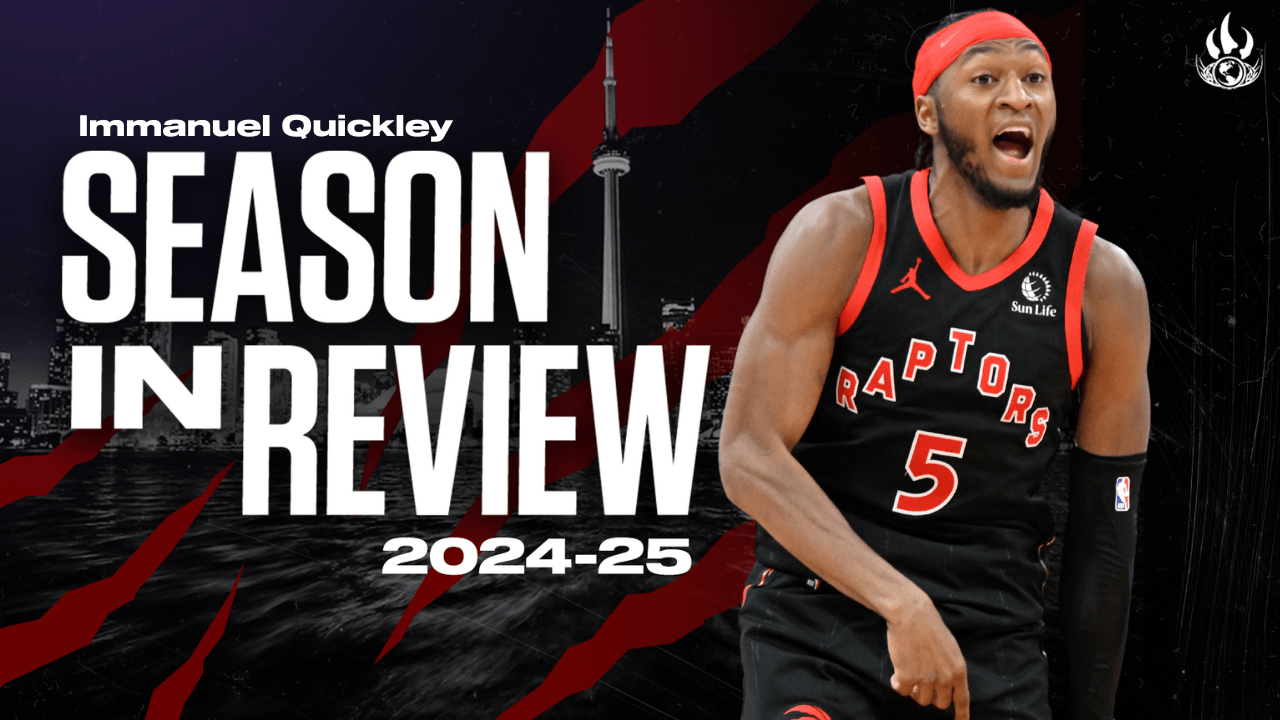The following is part of Raptors Republic’s series of pieces reviewing the season for the Toronto Raptors. You can find all the pieces in the series here.
From the outside looking in, the fourth season of Scottie Barnes’ career was a significant disappointment. Progression isn’t linear, but there was a feeling of momentum carrying expectations of what Barnes might do as the familiar-face-but-new-leader of his Toronto Raptors. Expectations of scoring, creation, shooting basically – and all of that falling flat.
The quiet improvements on defense — that featured a diversity of role and an uptick in impact — that have seen him vault himself toward All-Defense type conversations, aren’t the kind of progressions that the NBA at large is going to pick up on when the Raptors are toward the bottom of the leagues rankings.
What was noticed, a lot, was that Barnes dipped in scoring and creation — both in the box score and the playtype numbers — as his offensive process morphed into that of a star wing, and his efficiency was one of the worst in the NBA among those who occupy that role. He took more shots and scored less points. He spent more time on the ball and created less assists, but just as many turnovers. He shot 27-percent from downtown. He is now only seven shy of 1000 career attempts, and is sitting at an underwhelming 30-percent. Although, as a quick note, I think Barnes will still become a solid C&S 3-point shooter.
From the mid point of Barnes’ season:
“His game is changing. There is a real attempt at wingification going on here. If you’ve noticed a huge uptick in jumpers (and dribble jumpers especially) the numbers will back you up. It’s not just the extra 3-point attempts that Barnes is trying to get up, but a meaningful bump in mid-range attempts. 11-percent of Barnes’ shot chart has been sapped from rim attempts and distributed elsewhere. He’s now 70th-percentile in the NBA as far as pull-up frequency goes (30th-percentile in efficiency). He is scoring significantly less off screens, off cuts, and as a roll man. It’s not just that those are easier possessions to score off of, but they’re playtypes that properly utilize his size and play finishing abilities.”
These numbers and proclivities held up over the course of the season. Barnes was doing the hardest possible thing at the NBA level: creating as the number one option. He faced the best defender. He faced defenses that keyed in on him. He did this while being a relatively limited creator himself. We all know the outcome in the numbers — they were bad — but steps were taken. Steps that will be important in the future.
The biggest step, by far, was Barnes’ borderline obsession with the mid-range jumper – which he had to go to repeatedly because of the limitations of his slow first step and limited dribble. The following season stats don’t account for the handful of games that Barnes ended the season on, where his hand injury was at the forefront, and he averaged 16 points per game and shot 42-percent from the field.
“So, the simple stats are that Barnes is shooting 44-percent from the mid-range. His efficiency from there places him in the 65th-percentile among forwards, per cleaning the glass. He’s behind guys like Tobias Harris & DeAndre Hunter who both do a fair bit of their mid-range shooting off the bounce. He’s clearly not made the leap into elite, but he has definitely made the leap into a respectable mid-range shooter. However, there’s one style of shot that he loves more than anything in the middle of the floor: the fader, be it via the post fade or the step-back. On those, which account for 152/184 of his middy’s this season, he’s shooting 42.7-percent.
Why does Barnes shoot so many of these shots? Well, the answer is actually pretty easy and I’ll give it to you in 3 parts:
- Since Coach Darko arrived in Toronto, Barnes has been prioritized more in the pick n’ roll and he’s shown far more craft in creating looks than many expected, but the way to turn the water off is with a switch. It’s no surprise that of all the faders Barnes has taken this year, the most have come against big men.
- Barnes is a bully on the block, and spent some of his formative years playing next to Pascal Siakam, who the Raptors used as a cudgel to annihilate post mismatches and Barnes had the size, will, and environment to organically develop that part of his game alongside him. The Raptors look to toss him the ball on the block.
- Similar to the mismatch reason, Barnes started getting reps very early as a bully-drive isolation option in the Nick Nurse offense, and those possessions are going to point you toward these types of shots.
Faders/step backs: 23/56 (41%) on wings / 13/30 (43%) on guards / 29/66 (44%) on bigs.“
This shot was, full stop, way too large a piece of Barnes’ shot diet. However, it’s a real and important step in being a diverse option on offense, and will allow him to exhibit control and shot-making in the middle of the floor – which can end up providing avenues to playmaking and more trips to the free throw line.
The expectation should be, at least to some degree, that Barnes’ shot diet + playtype usage normalizes back towards 2nd option status next season alongside Brandon Ingram.
Let’s focus in on the defense a bit now. If you want a full film room breakdown, you can find it here.
Coming into this season, Barnes had already established himself as a very effective weak-side sweeper and off-ball grenadier. In 2023-24 he moved lower in the defense, and immediately became a top tier stocksman and saw every defensive metric start to recognize his importance to the Raptors defense, and the defensive playmaking above all else. When you looked at the film as well, you could see him putting out fires very often. He had a path to follow that, if the Raptors had a strong year and a strong defensive performance, could potentially see him rewarded with a defensive accolade.
This season? The Raptors were a winding road of defensive progression, that always featured Barnes in the thick of what was working. His role changed as well, to place him higher in the defense more often, and to feature him as an on-ball matchup for star wings. This resulted in a dip in blocks, but Barnes’ improvement farther away from the rim — his deny defense was extremely impressive — allowed him to provide impact in more ways, which creates more lineup potential for the Raptors going into the future.
Barnes can, of course, sweep at the backline and help out on the glass if Jonathan Mogbo (an elite switch big) is his frontcourt partner. But, Barnes can also comfortably step out above the break to track and harass stars, if the Raptors are more comfortable on the back line with Jakob Poeltl on the floor. Barnes also did a much better job of backing off of ball handlers — once they actually got the ball through his deny defense — and letting his length deter jumpers, and allowing him to step into space to erase drives instead of trying to swivel and pivot, which is a weakness for him. The result? Barnes consistently moved teams farther into the shot clock, and did a better job of getting stops.
Great stuff. Really important stuff.
Ultimately, Barnes’ season was one of exploration. Exploring the type of player he currently is, and how feasible it is to become the player he wants to be. It’s easy to focus on what Barnes was mediocre at this season, because he spent a lot of time doing that stuff. However, it’s important to keep in mind just how good he is, just by stepping on the floor. Only going up from here.
Have a blessed day.
Toronto Raptors odds are provided by NBA Betting Site Betway!




